I don’t often lament the loss of a piece of technology. Tech is ephemeral and there’s something better on the horizon — usually. The Chromecast Audio is, however, one of those fringe cases where the technology was nearly perfect, the use case so obvious, and yet it hit the Google hardware graveyard all too soon. It’s been three years since and there’s still no credible alternative to Google’s audio streaming dongle.
See more: The best Google Nest products of 2022
The Chromecast Audio didn’t exactly launch with a roar when it was introduced alongside the second-generation Chromecast back in 2015. In fact, priced the same as the regular video-capable Chromecast, it got drowned out by it before being unceremoniously killed in 2019.
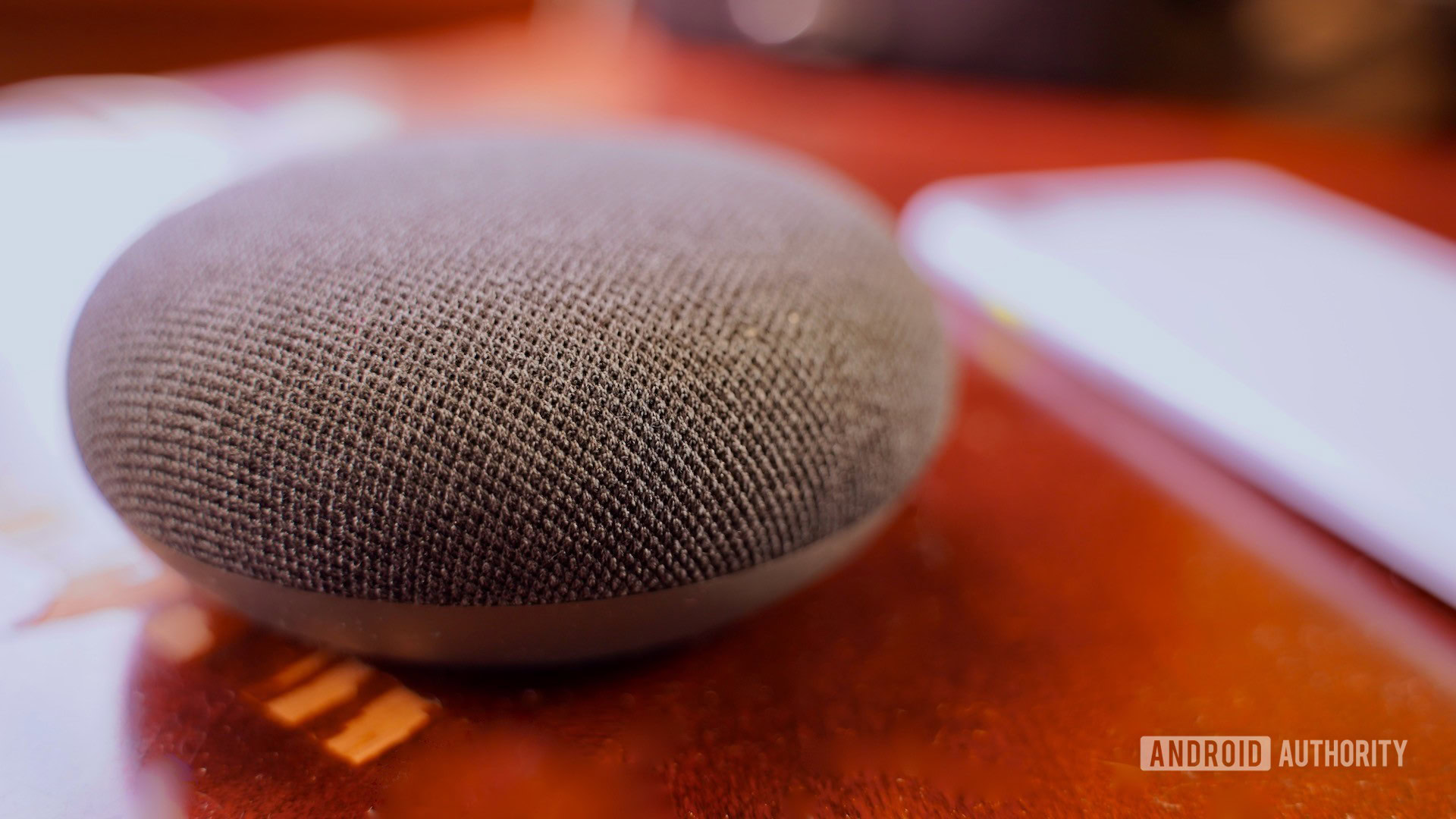
While Google never really gave out a reason for killing the Chromecast Audio, it doesn’t take a genius to figure it out. For one, the streaming dongle didn’t make much sense when a similarly-priced Google Nest Mini speaker exists. Back in 2019, Google’s focus was squarely on pushing smart speakers, and the Nest speaker line-up was better positioned to bring Google Assistant to the mainstream. Sure, the two products served very different users, but it was obvious that Google should make a push for the wider market with its all-in-one smart speaker.
Our guide: Everything you need to know about the Google Nest Audio
This was also the time when Google was battling Sonos over streaming patents, including the ones for controlling volume levels across groups of speakers. While those patents certainly had an impact on Google’s broader speaker portfolio, they specifically impacted the Chromecast Audio — a product designed to let you get the Sonos experience on a budget. But that lawsuit has long been settled, and the time is ripe for the Chromecast Audio to make a comeback. And if the latest rumors are anything to by, it looks like the Chromecast Audio might be ready for a comeback.
It’s a high-res streaming world, and smart speakers can’t compete
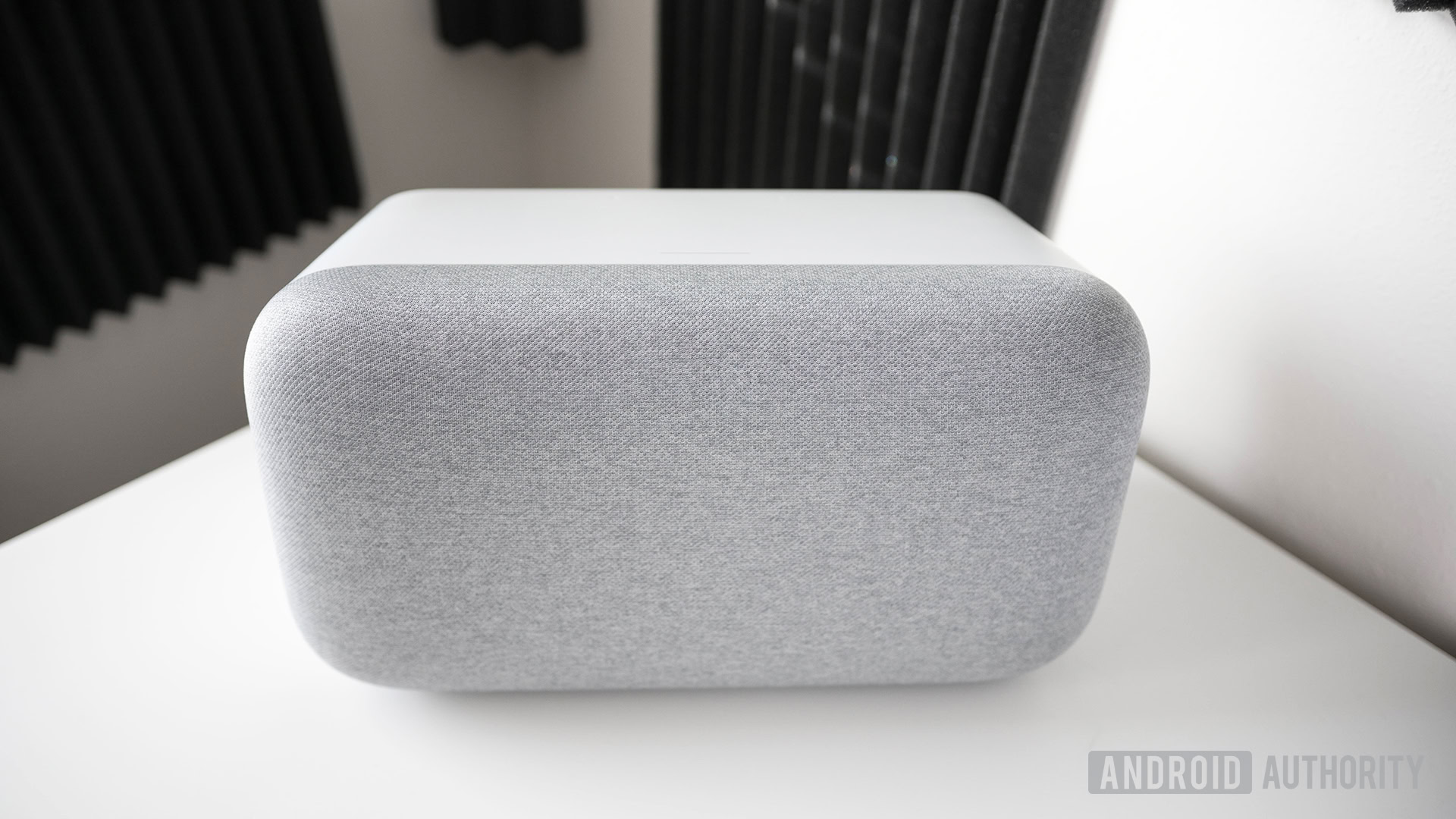
The smart speaker market is starting to get saturated. In fact, some estimates suggest that the smart speaker market is down by 5% year on year. That makes sense. Smart speakers serve long lifecycles and, coupled with rock bottom prices and frequent sales, a significant portion of the potential userbase has already bought into them. The product category doesn’t benefit from yearly upgrades, either, so why would a customer upgrade?
Dig deeper: Do you really need lossless music streaming?
Music streaming ranks as the top use case for smart speakers. And as high-res audio becomes commonplace across some of the best music streaming services, there’s room for premium audio quality. But perhaps not in the way most brands imagine it.
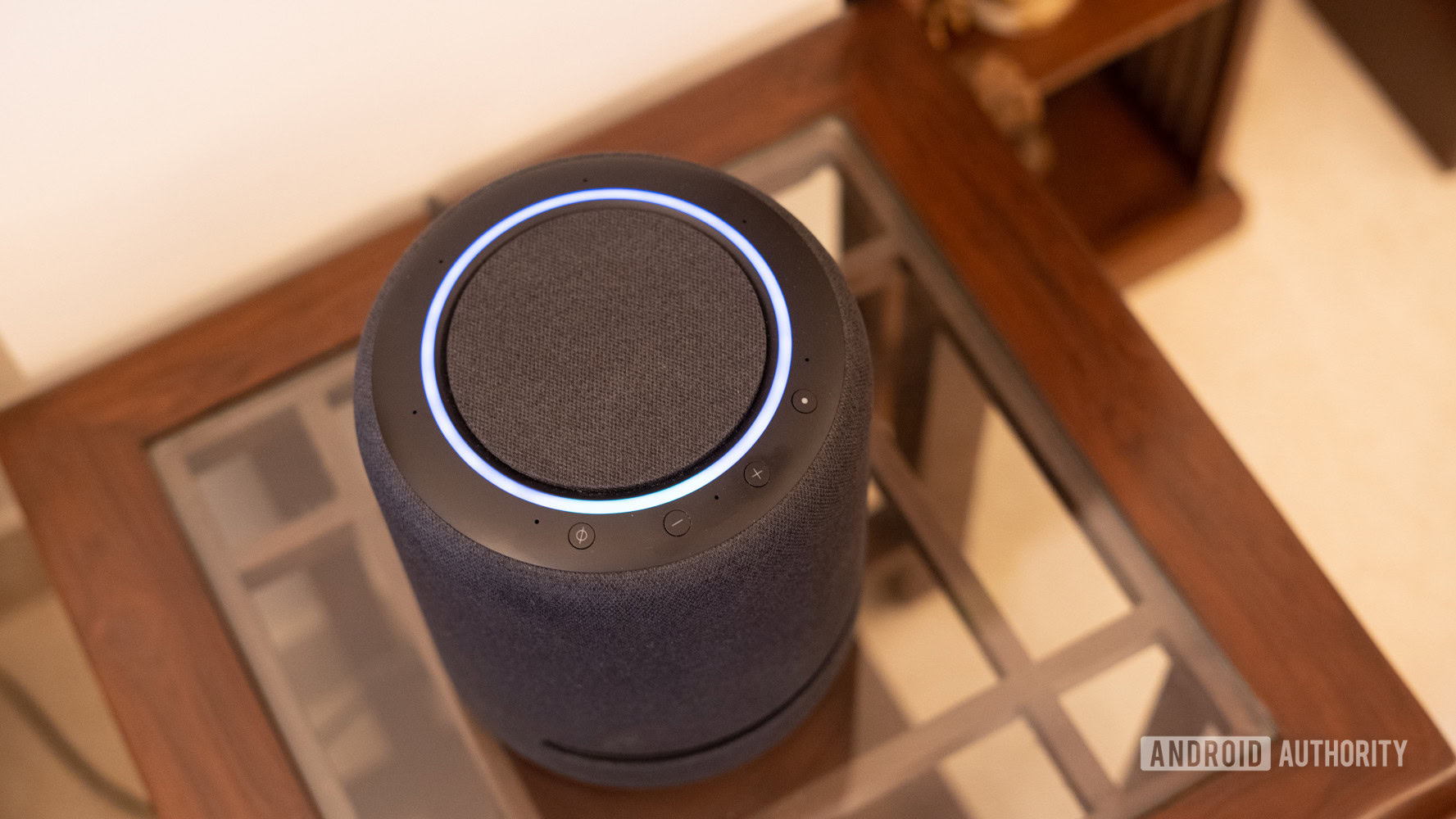
Amazon’s Echo Studio was designed to serve the audiophile market but is far from the most popular product in the Alexa lineup. Apple too killed the well-received full-size Homepod and replaced it with the Mini. The Google Home Max was Mountain View’s play in the high-end audio segment but it failed to gain any traction due to the nosebleed price point.
There’s a common thread across all three products: price. Audiophiles understand the value of good speakers and high-end audio quality, but would rather spend on traditional high-end speakers to achieve that.
The Chromecast Audio combined the convenience of streaming audio with the quality and fidelity of your own high-end monitors and DACs.
The Chromecast Audio was, and remains, the perfect gateway for users looking to combine the convenience of streaming audio with the quality of their own high-end equipment. There’s not much that Google needs to improve on the hardware front to appeal to audiophiles either. The dongle already offers optical output to plug in your own high-end DAC, but if Google wants to amp things up a bit, it could perhaps consider supporting new-age formats like MQA. A cheap and simple dongle like this would be perfectly positioned in today’s hi-fi streaming world.
The Cast protocol is almost perfect for streaming
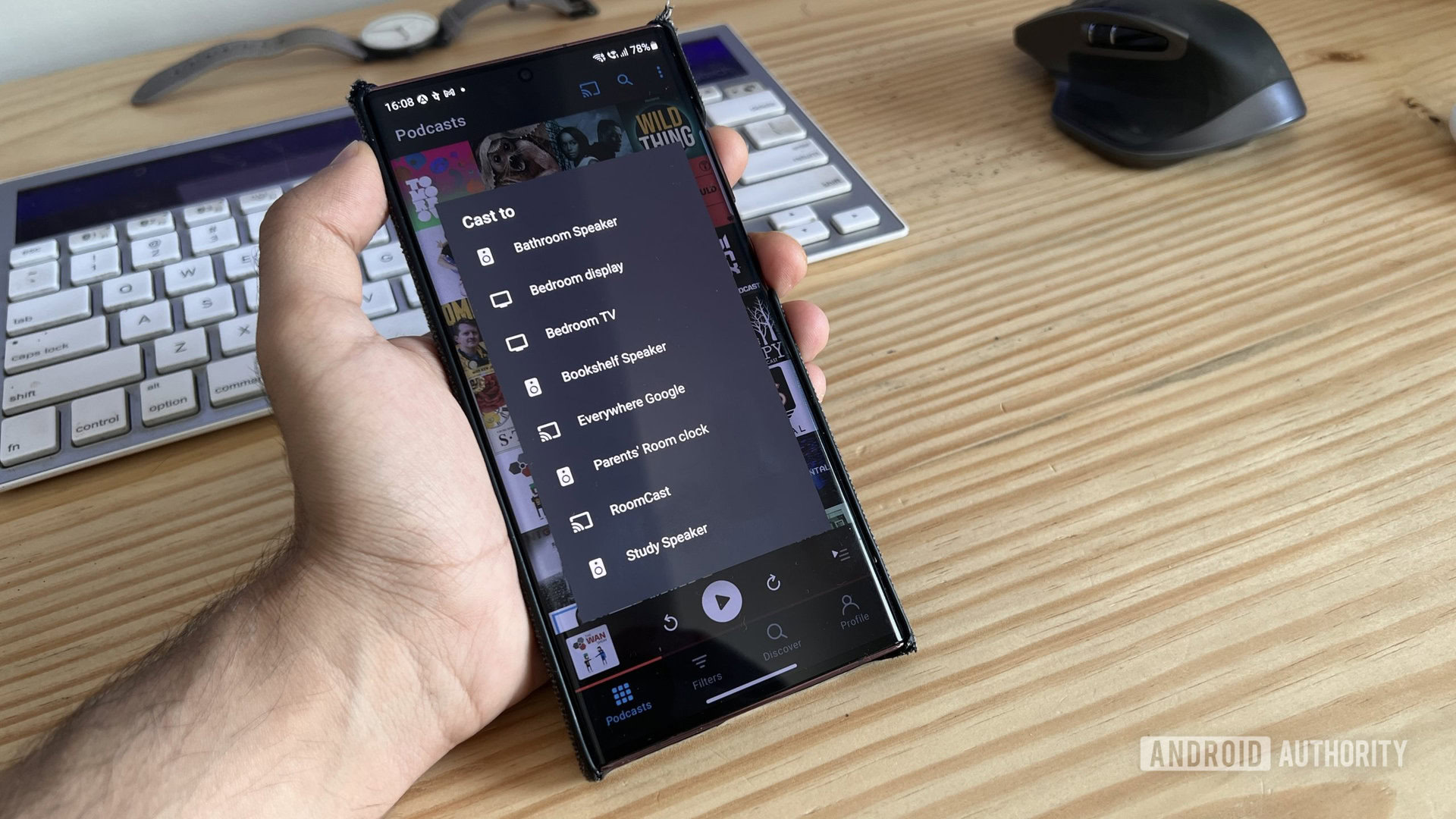
Dhruv Bhutani / Android Authority
Hardware aside, the Chromecast Audio was also the perfect audio streaming dongle thanks to the Cast protocol, which comfortably combines both offline media and streaming services. For audiophiles with a large library of local music, the protocol makes it trivial to stream it to one or more speakers across the home. It also integrates beautifully across the length and breadth of Android apps. Be it your favorite podcast app or a radio streaming service, most invariably support casting.
Google’s Cast protocol supports both local and streaming content, and is integrated into thousands of apps. Amazon and Apple can’t compete with it.
Conversely, alternatives like Alexa-equipped speakers simply can’t do that. Instead, you have to enable skills for each individual service. Playing your own offline music tracks also tends to be an incredibly frustrating experience on Echo speakers. Meanwhile, the Homepod is effectively a no-go for anyone outside the Apple ecosystem.
Would you buy an updated Chromecast Audio?
1 votes
With the patent lawsuit settled, the Chromecast Audio could be the perfect whole-home audio product for those who want higher audio quality than smart speakers and all the freedom to stream audio content from any source.
I personally have bookshelf speakers in nearly every room of my apartment. So far, I’ve had a few of these connected to Raspberry Pis acting as network streamers, but the experience is far from ideal. I’ve dabbled with the idea of buying the Sonos Port for better whole-home audio, but the exceptionally high price point makes it a no-go for me. A refreshed Chromecast Audio, on the other hand, would be the perfect solution to beam audio across my entire home when throwing a party or just brewing my morning coffee.
If people are willing to spend three times the original price to buy a Chromecast Audio, then the market for it exists.
It’s been three years since Google killed the Chromecast Audio, but the demand for the product hasn’t abated. In fact, resale prices have constantly been on the rise and are touching almost $120. That’s threefold the original price of the product. Sure, you can’t take eBay prices as a real measure of demand, but it is very obvious that there’s space in the broader streaming market for the dongle to make a comeback if people are willing to spend this much.







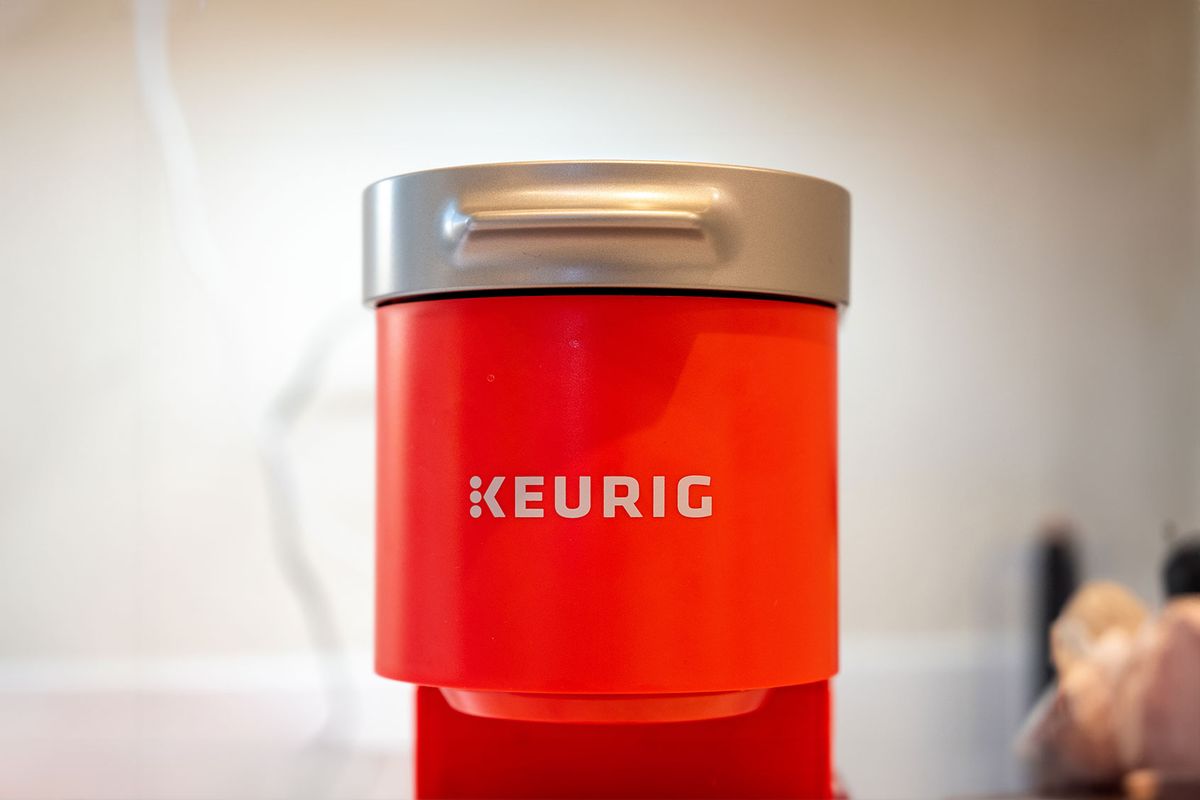




/cdn.vox-cdn.com/uploads/chorus_asset/file/25784221/247333_EOY_Package_Check_In_CVirginia_PRIME.jpg)


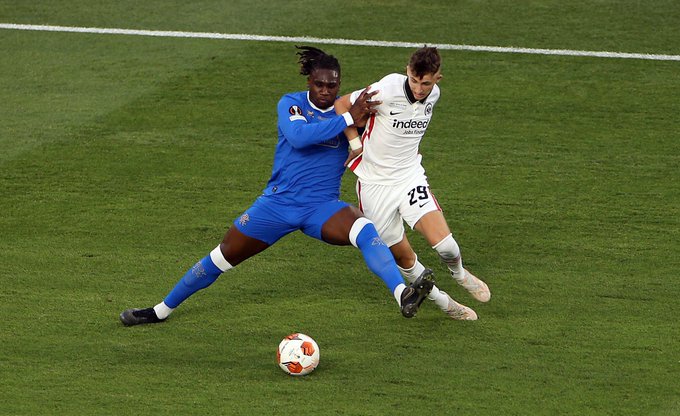


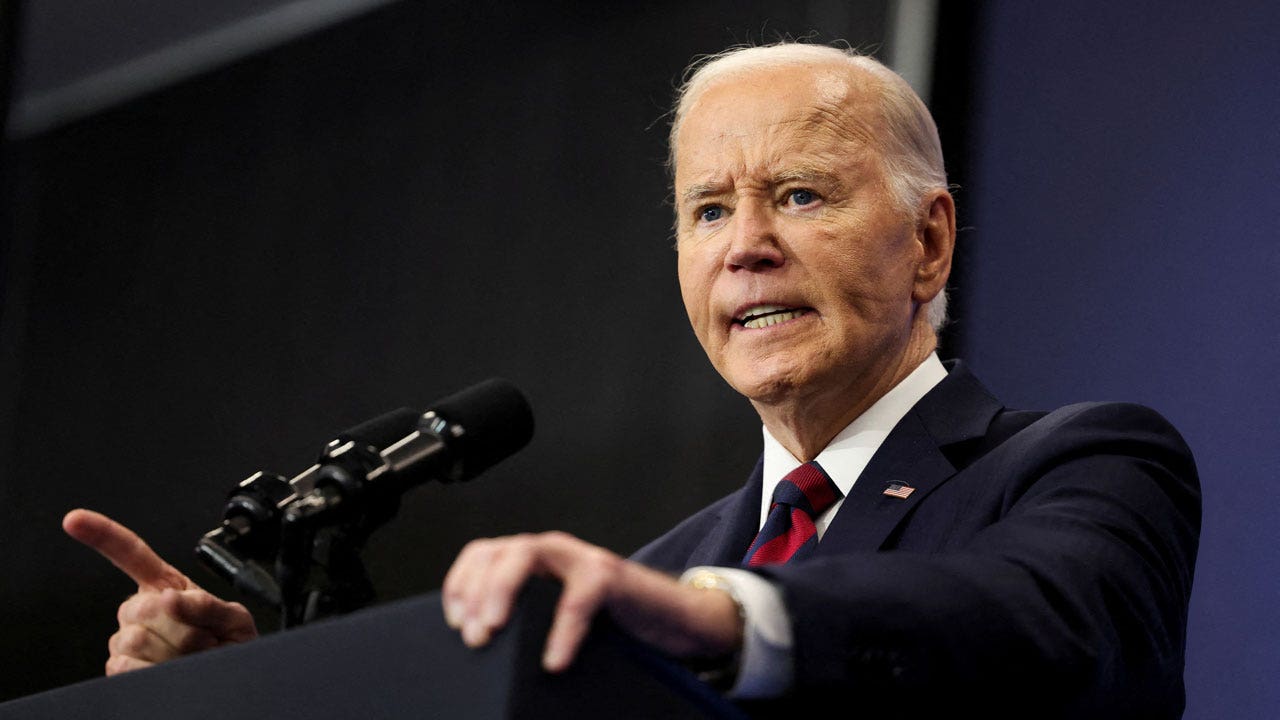


Discussion about this post